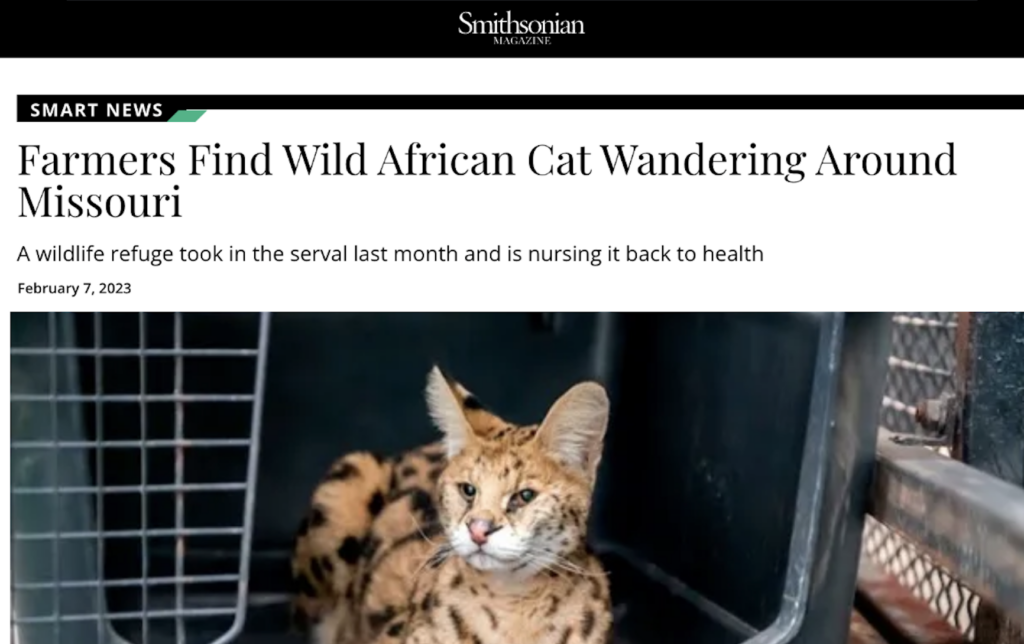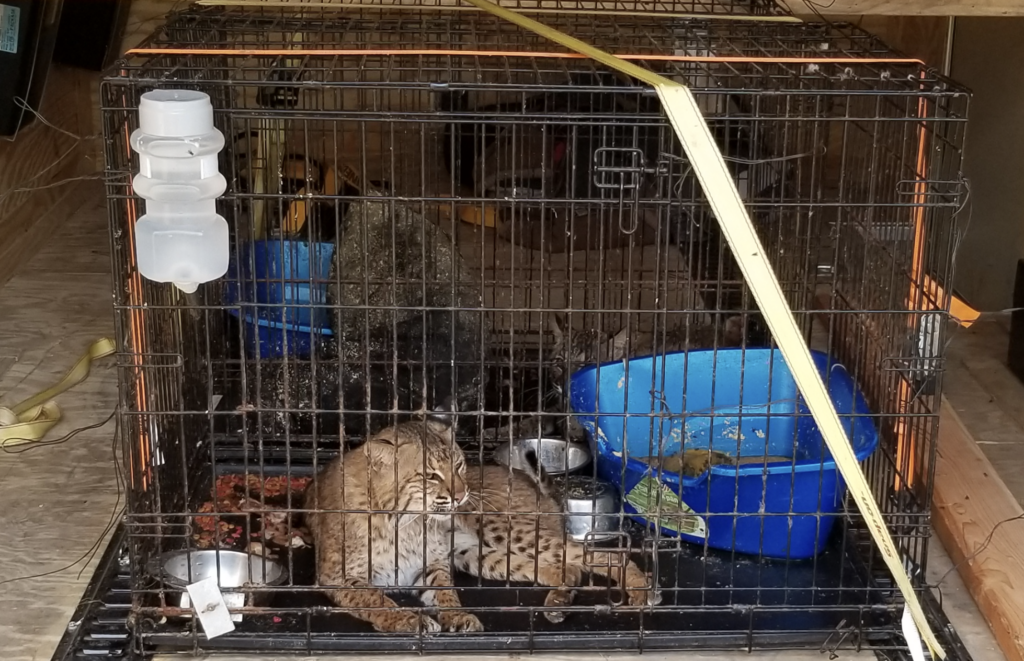
For decades, there has been a lack of laws and regulations regarding the private ownership of exotic felines in the United States. This allowed for the creation of a massive industry with several different supply channels. Breeders could actively sell wild cats to the general public as exotic pets, ranging in size from tigers to bobcats. Private individuals could also create roadside zoos and backyard menageries under the false marketing that their breeding activities benefited the conservation of wild cats. Finally, breeders began to inbreed and hybridize cats to create exotic variations such as the white tiger, Golden Tabby tiger, all-white tigers, ligers, tigons, Savannah cats, and more. With the passage of the Big Cat Public Safety Act, the future of large cats in this trade looks much brighter. It is nearly impossible to own big cats, and breeding is so restricted that it is almost impossible for any entity outside an accredited zoo to do so.
While this is a great accomplishment, more wildcats remain victims of the exotic pet trade and are not yet protected. Boosted in popularity by influencers on social media, the demand for Savannah cats, a hybrid between a domestic and African serval, is extremely high. The Refuge has participated in 12 rescues for smaller cats from private owners and breeders over the last few years. We also see an increase in small exotic cats abandoned or released in the North American wilderness, where they are not equipped to survive and can negatively impact ecosystems. The cats were either abandoned or too dangerous to be kept as pets in each instance. In science, we know that domestication is the process of modifying wild animals (and plants) so that they can be cared for and managed by humans. This process occurs over generations of selective breeding for more docile traits. Some animals, like zebras, keep their wild nature, no matter how hard humans attempt domestication.

Bobcats and servals will always be wild animals. And no matter how many generations down we breed hybrids like Savannah cats, we continue to see the same results as big cats: surrender, abandonment, and abuse of the wild cat used for breeding. As we complete the construction of the additional 28 small cat habitats in Freedom Field, Turpentine Creek is prepared for this next wave of the exotic pet trade. Once construction is completed, we will build our Education Center & Museum, expanding our reach to classrooms and communities worldwide. Our organization is dedicated to taking the same mission and responsibility for small cats that need rescue as we do for big cats. With your support, we can continue to provide a lifelong home for wild cats, advocate for the end of the trade, and build a better future.